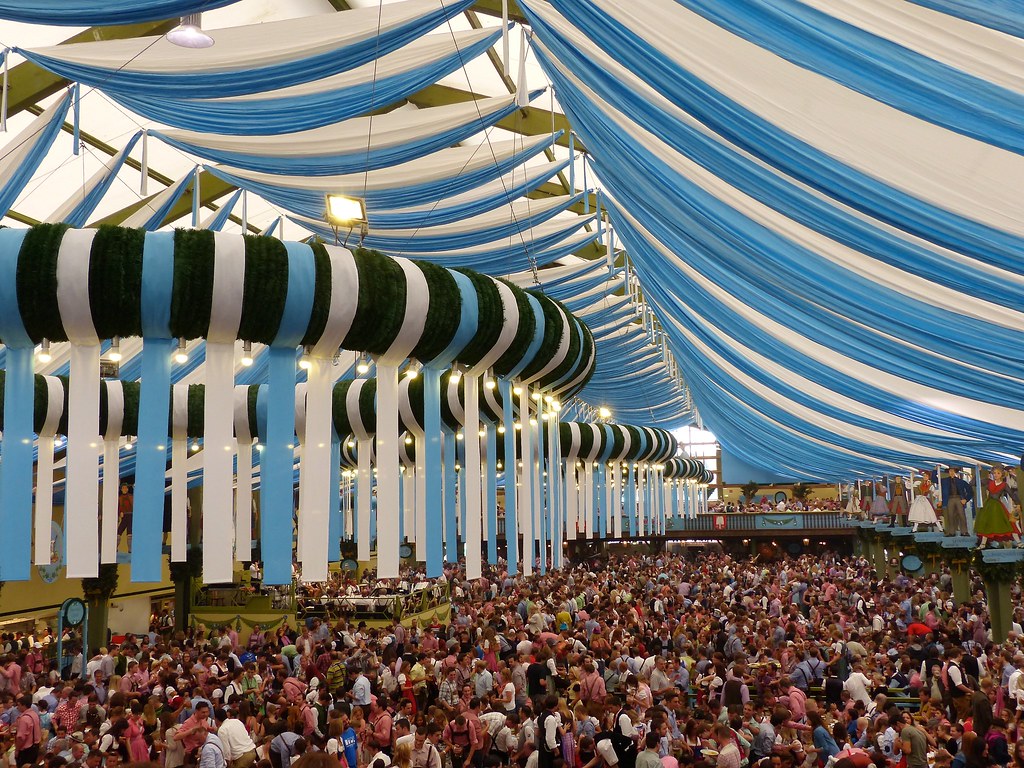Lunar New Year
This holiday is typically celebrated in Asian countries, such as China, Korea, and Vietnam, that based their calendar on the moon. Based on a legend, the connotation of the color red, fireworks, and fire comes from the humans attempting to scare Nian, a preying beast who was terrified of lanterns, the color, and loud noises. This holiday is referred to differently depending on the country you are in. For example, Chinese people call it the Spring Festival (Chūnjié) and Koreans call it Seollal. The traditional foods consumed represent prosperity, peace, and togetherness. For example, foods with sticky rice are widely eaten to emphasize togetherness.
Traditionally, houses are cleaned thoroughly and any bad luck or lingering bad feelings are cleared. On New Year’s Day, there are fireworks, dancing, lanterns, and lai see (red envelopes) filled with money for family members.
Taiwan’s Lantern Festival
Known as the Yuanxiao Festival, this beautiful sight is a celebration of the Lunar New Year. In the small town of Pingxi, lanterns are released as a way to let go of troubles and to welcome prosperity and good luck. Everyone writes their wishes and hopes for the new year on the lanterns as well. Other than the spectacular view, there is music, dancing, martial arts showcases, acrobatics, and more. The most popular food is tangyuan or sticky rice balls. Over the years, this festival has become a symbol of unity and happiness for the world and become an incredible source of tourism for Taiwan.
Works Cited
Lunar New Year 2024 – Animal, Dates & Celebrations | HISTORY, 4 February 2010, https://www.history.com/topics/holidays/chinese-new-year . Accessed 10 February 2024.
Carreon, Mickie. “12 Facts About Taiwan Lantern Festival.” Facts.net, 28 January 2024, https://facts.net/events/12-facts-about-taiwan-lantern-festival/ . Accessed 10 February 2024.
“Lunar New Year | Traditions, Legend, & Facts.” Britannica, 7 February 2024, https://www.britannica.com/topic/Lunar-New-Year . Accessed 10 February 2024.




























